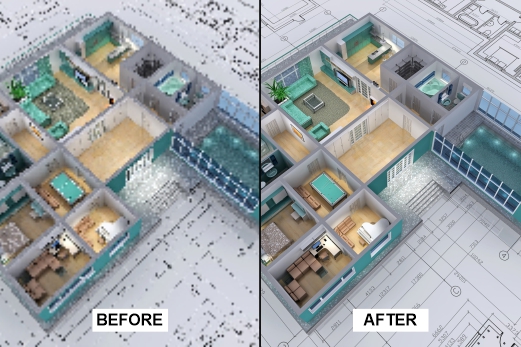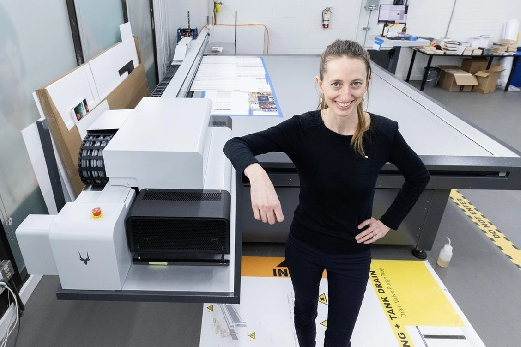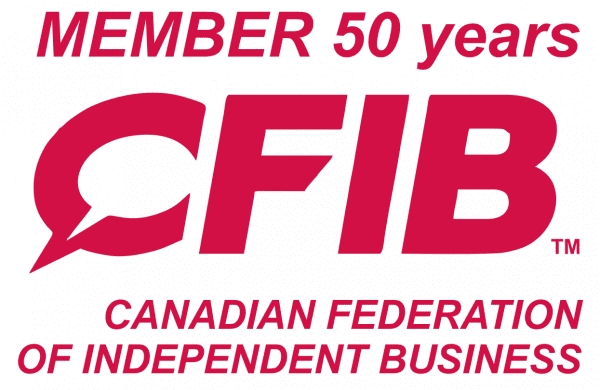Everything You Need to Know About Lamination
Most people are familiar with lamination in a very general way, having perhaps laminated an identification card or some other important paper-based item at one time to prevent it from fraying, disintegrating, or being damaged from a liquid. Lamination, however, can be used in a variety of other applications for personal and professional uses that are helpful for preserving important documents, projects, and images. Besides preservation, lamination is useful for enhancing a project or document’s appearance and even offers hygienic benefits.
What is Lamination?
Lamination is a way to add an extra layer or coating of material on top of a project or document. This offers enhanced strength, stability, and insulation to the composite material. To achieve this, a laminate is formed using heat, pressure, and welding or adhesives. There are various lamination methods and processes, the best-known being laminating pouches. These laminating pouches have adhesive qualities that allow them to stick seamlessly to almost any paper product by placing the lamination pouch between two sheets of paper, folding the lamination pouch over all sides, and laminating using a laminator.
Laminating pouches are available in different sizes, thicknesses, and materials for use with different types of laminators. Lamination is also available in rolls and reels for laminating machines. Rolls allow lamination to cover a large area and laminating thicker materials can take place using a laminating machine.
Types of Laminations
Gloss
Gloss lamination is a lamination process that provides a shiny, glossy (or “wet”) layer. Gloss lamination also enhances colours to make the finished product stand out more but also increases the possibility of glare depending on the lighting.
Matte
Matte lamination has a lower-sheen finish than gloss lamination, resulting in a more discreet finish. Matte lamination can offer a luxurious look to projects and documents.
Anti-Graffiti
Anti-graffiti laminating guarantees the protection of your projects from different types of stains and chemicals. Repeated defacing can easily be removed without damaging the project.
Applications of Lamination to Different Products in the Print Industry
Besides laminating papers and other similar materials, lamination has several other uses, including:
Protecting photos: Photos are particularly susceptible to fading when displayed for long periods of time. Laminating photos offer protection against harmful UV rays that cause this unwanted effect.
Architectural, Engineering, and Construction plans and documents: These documents need to be protected from the elements. Laminating these kinds of papers will protect against moisture, dirt, and other external factors that may compromise a plan or document’s quality, legibility, and reference value.
Protecting maps: Maps are also particularly susceptible to damage from the elements, lamination helps protect them against dirt and mud while protecting their colours from fading.
Presentation materials: Slides, transparencies, posters, signs, banners, boards, and other presentation materials can be laminated for a professional look that will last for years.
Binders: Laminating the covers of notebooks, binders, and folders add durability to these items. A laminating machine might also be used on plastic sleeves or vinyl pocket inserts for added protection against wetness or tears.
Advantages of Lamination
Aside from lamination’s practical applications in print, lamination also offers a variety of benefits that can help improve and personalize how you work with various types of documents. These benefits include:
Beautifully finished products: laminating gives some projects an attractive, professional finish. Lamination is particularly effective on photos as it adds color, depth, and vibrancy to otherwise lackluster photos.
Easier access: lamination makes accessing documents and projects quick and easy by enabling a person to flip through laminates or remove them from lamination folders or binders. lamination can also be imprinted with logos, patterns, pictures, and text for easy identification of laminates inside lamination folders or binders.
Durability and readability: lamination adds durability and longevity to documents and projects, helping them look sharp and attractive for years. Lamination helps protect documents and projects against damage caused by dirt, dust, scratches, moisture, and other harmful elements. Laminating machines also enable lamination at different levels of thickness, so lamination can be used to achieve varying degrees of luster, transparency, glossiness, and opacity.
Health and hygiene: lamination can be used to add an extra layer of protection against dirt and germs, making laminates perfect for school projects, children’s crafts, party decorations, family photos, calendars, invitations, business cards, menus, name tags, and other materials that need to stay clean and germ-free.
Lamination is a practical way to protect projects and is useful in several different applications. The process helps to add durability, luster, strength, readability, and protection from dirt, elements, or harmful chemicals. This simple process is an invaluable tool for preserving important documents and projects while helping them look great at the same time.
Getting Started
For all your document lamination needs, contact TR Trades Reproduction Ltd at 604-736-4571, send us an email at digital@trtrades.com. Thank you for reading and we look forward to hearing from you!







